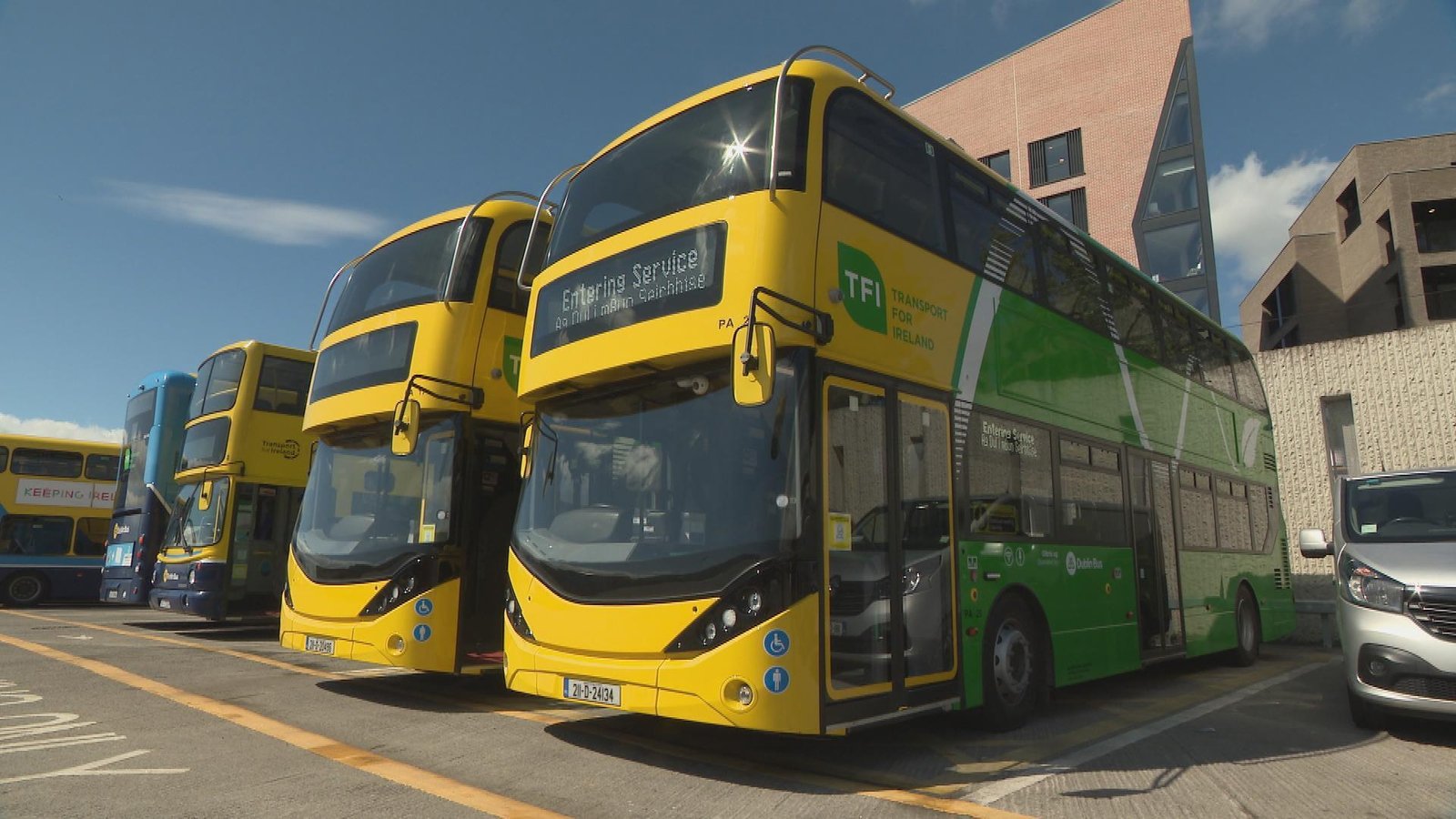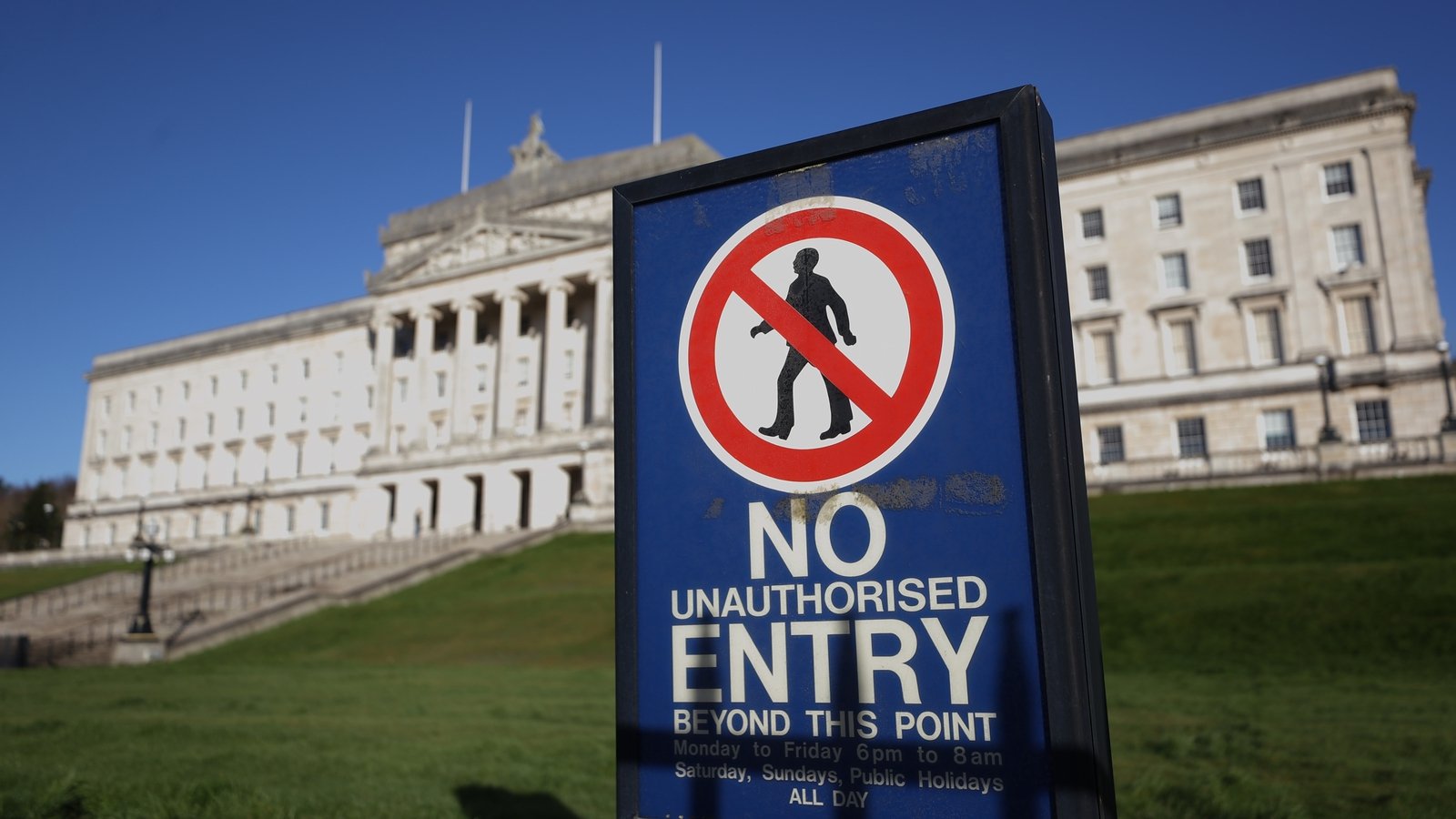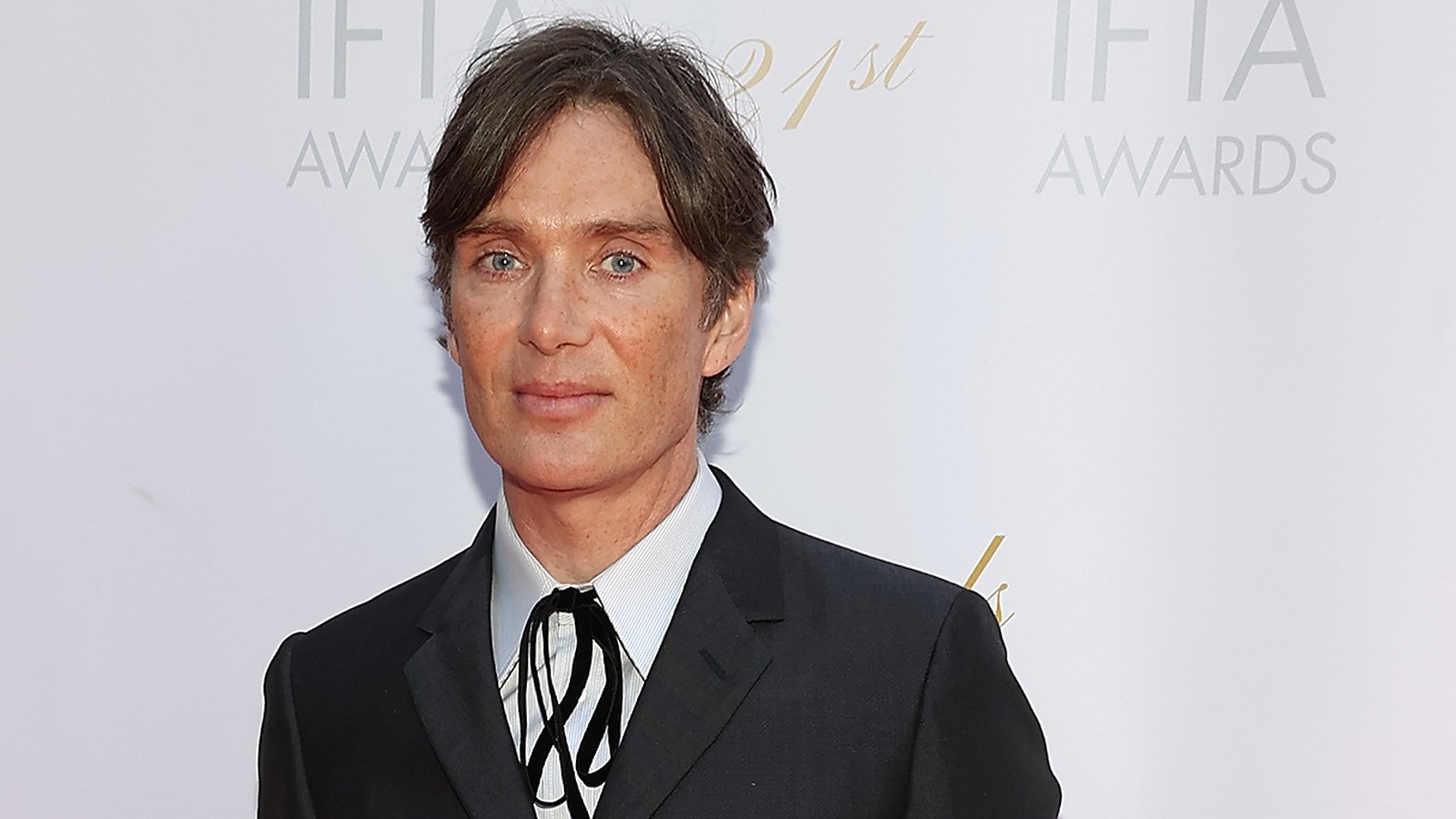Conservation efforts ramp up on land and sea for 2024
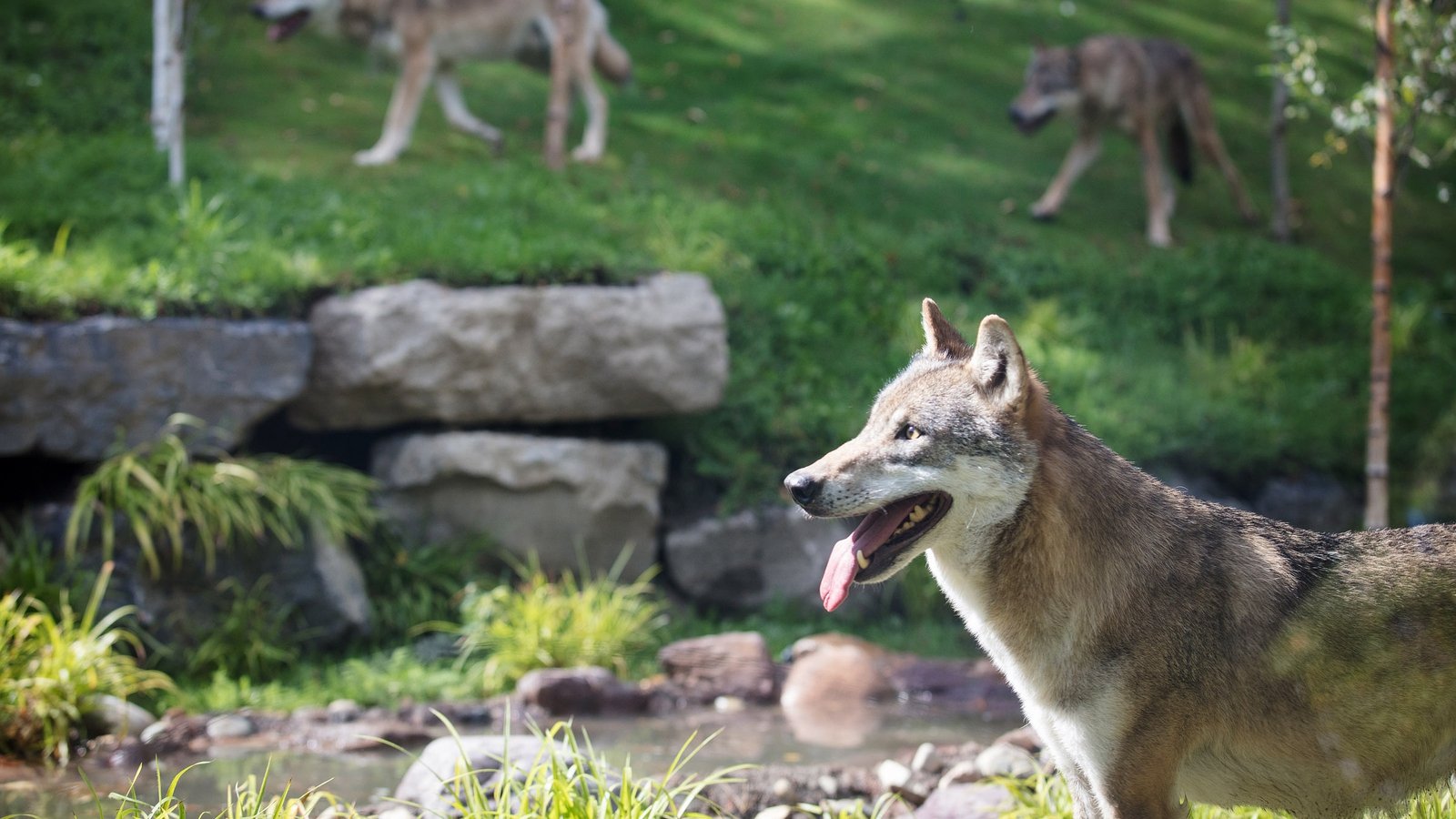
A pack of wolves snarl and growl at each other on a cold winter morning in Dublin Zoo. In Cork, a troop of Siamang Gibbons whoop and howl at Fota Wildlife Park.
Neither species exists in the wild in Ireland – but they are both part of breeding programmes aimed at ensuring they thrive and survive.
The Assistant Curator with Dublin Zoo and European breeding programme co-ordinator for the Grey wolf (also known as lupis canis) said conservation is key.
Speaking on RTÉ’s Morning Ireland, Marc Enderby said: “Conservation of wolves is key because they are extinct in Ireland.
“We have six wolves here – five male and one female. They do really well together. They’re very happy together.”
Around 19,000 Grey wolves roam wild across Europe, including Croatia, Bulgaria and Romania.
And they have been successfully re-introduced to Yellowstone national park in the United States in recent years.
However, there is disagreement among politicians as to whether wolves should be returned to the wild here.
Mr Enderby does not envisage it happening any time soon as Ireland is “very different” to a vast empty wilderness like Yellowstone.
“We would have our own challenges here and yes, there has been some controversy in Europe [with farmers losing livestock to wolves].
“But there are a lot of methods to help prevent predation of farm animals. In Bulgaria, for example, they are doing very well with livestock guarding dogs and also electric fences.”
Asked if it was cruel to keep wolves in captivity, a spokesperson for Dublin Zoo said: “Every detail of the Wolves in the Woods habitat has been considered carefully with the wellness of the wolf pack in mind and designed to resemble their natural habitat.
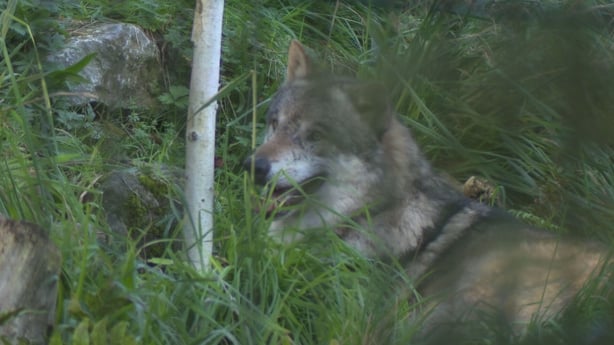
“Dublin Zoo participates in the European Zoo Breeding Programme for the grey wolf. Programmes such as these aim to conserve healthy populations of animals in human care while safeguarding their genetic health.
“These programmes act to provide a future for under threat species, with education and conservation work done to protect natural habitats.”
Dublin Zoo recently opened a new National Centre for Species Survival.
Its coordinator Dr Andrew Mooney said: “The centre allows us to do species conservation, assessments, planning and action [to protect] native Irish species.
“We have seven different conservation partners across Ireland including the Irish Peatland Conservation Council, which is based in Kildare.
“The marsh fritillary butterfly is Ireland’s only legally protected insect species and we’ve been working with them to help manage grasslands and bog lands in Kildare to help promote vegetation for that butterfly species.”
Dr Mooney said the zoo also has a conservation masterplan that is “basically a guiding map for Dublin Zoo until 2031, when we turned 200 years old.
“It’s a road map to help us transform from a zoo that supports conservation into a zoo-based conservation organisation. “
Conservation is also at the heart of Fota Wildlife Park on Fota Island in Carrigtwohill, Co Cork.
Head education at the park Lynda McSweeney said: “I think we all agree that the word ‘entertainment’ is no longer associated with the modern zoological facility.
“We very much are a conservation centre – that is what we are focused on.”
A new Education, Conservation and Research Centre, co-funded by the OPW, has just opened at Fota.
Among the noisiest residents of the park are the Siamang Gibbons. “I think visitors here will be more than familiar with their territorial call,” Ms McSweeney said.
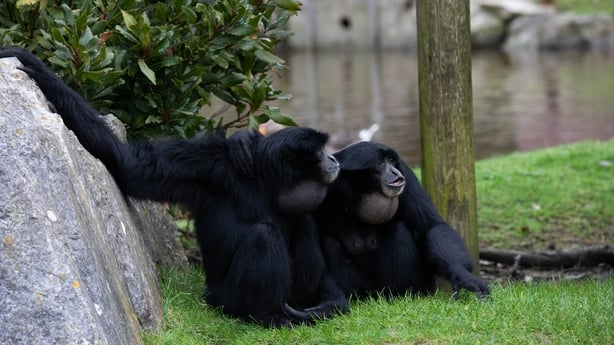
“The species is currently listed as endangered by the International Union for the Conservation of Nature.”
A new Siamang Gibbon house and an upgrade to their habitat are planned at Fota this year – alongside an upgrading of the giraffe house.
One of the most critically endangered species at the park is the Sumatran tiger. Ms McSweeney said there are only around 600 of them remaining in the wild.
“The captive breeding project for this tiger is an extremely important one, to which we are very committed.
“It allows researchers to learn more about Sumatran tiger reproduction and behaviour, for example. And the long-term goal would be to improve conservation efforts for scientists working on the ground with this iconic subspecies.”
Conservation is among the key reasons that wild species are bred in zoos and wildlife parks, she adds.
Asked about those who say no wild creatures should be in captivity, Ms McSweeney said it is about keeping animals from going extinct.
“The human population continues to increase around the world – you know, we’re moving into areas of wilderness that probably 20 or 30 years ago, were only inhabited by wild species.
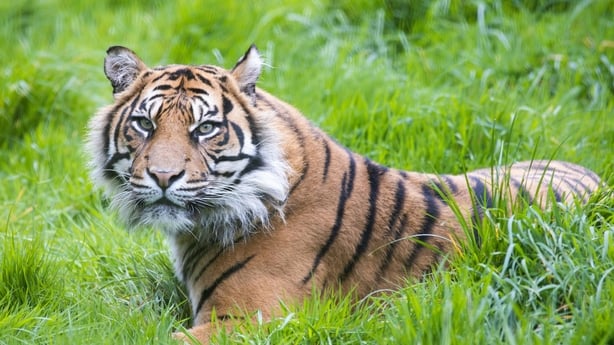
“As we encroach on those last areas of wilderness, then more and more species are going to become extinct.
“We also can play a pivotal role in helping return some species to the wild – for example, the European bison.”
The seas around Ireland are host to several species of seals, dolphins and whales, and they also need protecting.
Sightings Officer with the Irish Whale and Dolphin group Pádraig Whooley said: “Everything in the ocean needs protection and one of the big concerns for us is the impact of overfishing of certain fish species that are essential for whales and dolphins to feed on.
“New legislation to create protected marine areas is coming in 2024 and it is going to be a game changer.
“We’re looking at up to 30% of Irish waters being designated as Marine Protected Areas by 2030.
“This will not just protect habitats for whales and dolphins, it will also protect offshore reef systems, kelp forests and certain fish stocks – all this will have enormous benefit for marine wildlife.”


